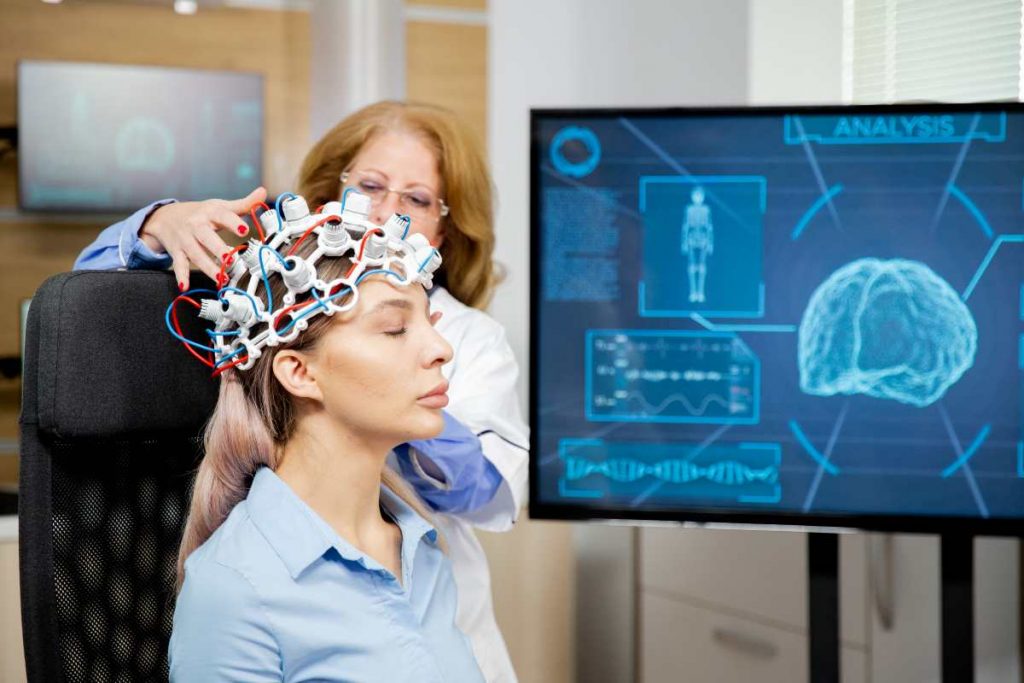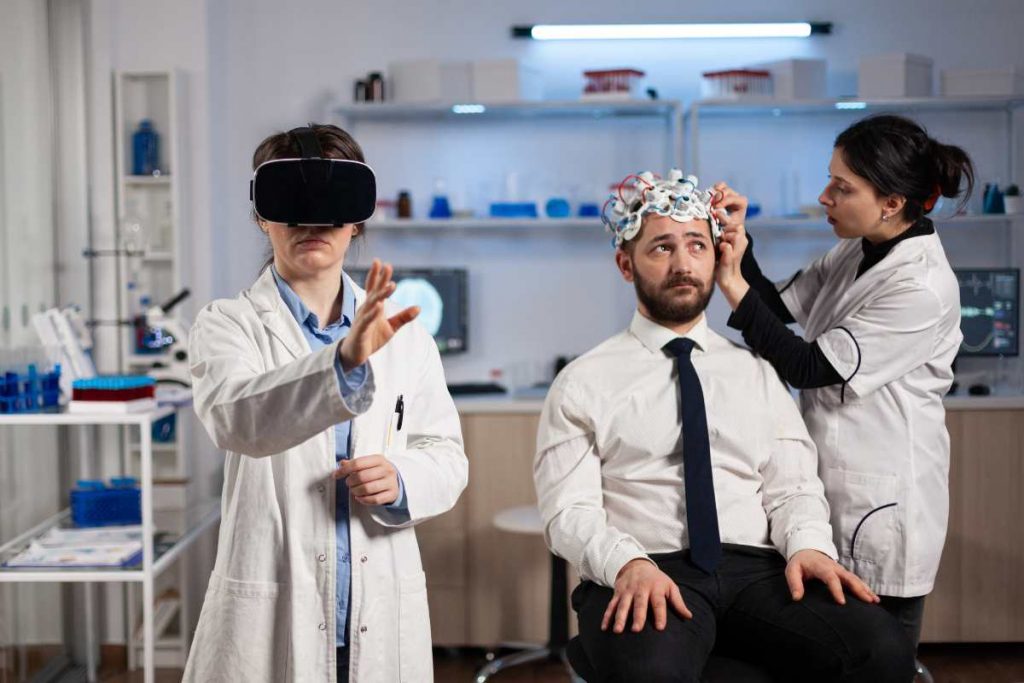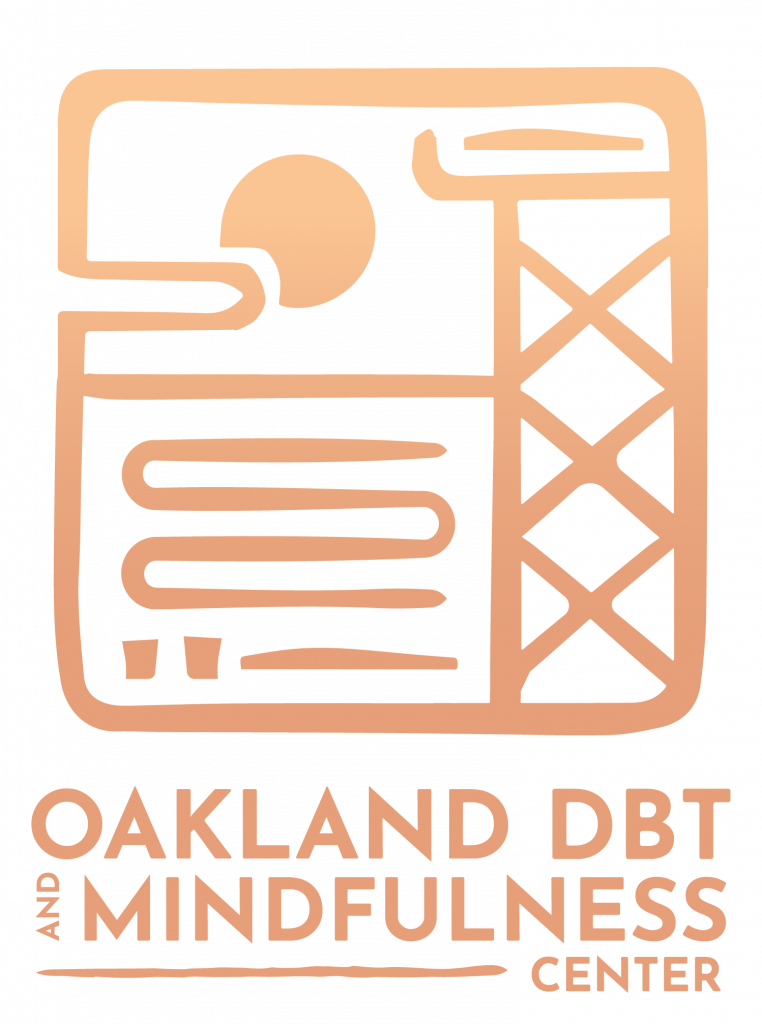Anxiety and stress are among the most common struggles of our time, affecting millions of people worldwide. While evidence-based therapies, such as Dialectical Behavior Therapy (DBT), have already proven to be powerful tools for emotional Regulation, recent advances in artificial intelligence are opening up new possibilities for how therapy can be delivered and experienced. AI DBT therapy is an emerging approach that combines the structured, skill-based methods of DBT with AI-powered tools to provide more accessible, personalized, and continuous support for individuals dealing with anxiety and stress.

In this article, we’ll take a deep look into what AI DBT therapy is, how it works, the science behind DBT’s Effectiveness, and the ways artificial intelligence is transforming therapy into something more adaptable, scalable, and effective. We’ll also explore the benefits, potential limitations, and real-world applications that make this approach a promising solution for anxiety and stress relief.
Understanding DBT: A Foundation for Emotional Healing
What is DBT?
Dialectical Behavior Therapy (DBT) is a form of cognitive-behavioral therapy developed initially by Dr. Marsha Linehan to help individuals with borderline personality disorder. Over time, DBT has expanded to address a broad range of challenges, including stress, depression, trauma, and stress-related disorders.
The therapy is structured around four key skill sets:
- Mindfulness – staying present and aware in the moment.
- Distress Tolerance – building resilience and coping with crisis without making things worse.
- Emotional Regulation – understanding and managing emotions effectively.
- Interpersonal Effectiveness – maintaining healthy relationships and boundaries.
These skills, when practiced consistently, help individuals reduce emotional reactivity, regulate stress, and build healthier patterns of thinking and behavior.
How Anxiety and Stress Impact the Mind and Body
Anxiety and stress aren’t just “mental” issues—they affect every part of the body. Chronic stress can lead to:
- Sleep disturbances
- Weakened immune system
- Digestive issues
- Cardiovascular strain
- Impaired memory and concentration
Anxiety often brings with it cycles of worry, intrusive thoughts, and physical symptoms like a rapid heartbeat or shortness of breath. Without practical tools, these cycles can become overwhelming.
DBT is already a proven method to break these cycles by offering structured coping mechanisms. The introduction of AI adds a new dimension—making therapy more immediate, accessible, and personalized.
What is AI DBT Therapy?
AI DBT therapy is the integration of artificial intelligence technology into the delivery and practice of DBT techniques. Instead of replacing therapists, AI serves as a supportive tool that enhances therapy by:
- Offering real-time feedback through chatbots or apps.
- Personalizing skill practice exercises based on the user’s emotional state.
- Tracking moods, stress levels, and triggers automatically.
- Providing 24/7 support when a therapist isn’t available.
Imagine a digital coach that helps you practice DBT skills in real-life situations: guiding you through mindfulness exercises during a panic attack, reminding you of distress tolerance strategies in stressful moments, or helping you reframe anxious thoughts—all instantly, on your phone.
The Function of Artificial Intelligence in Mental Health
Artificial intelligence is already transforming healthcare, and mental health is no exception. Some of the key ways AI supports therapy include:
- Natural Language Processing (NLP): AI can “understand” human language, making it possible to engage in significant conversations with chatbots or apps.
- Machine Learning: Over time, AI can learn from user behavior to predict triggers, suggest strategies, and personalize therapy plans.
- Data Tracking & Analytics: AI tracks moods, sleep, stress levels, and behaviors, providing both the client and therapist with valuable insights.
- Accessibility: AI makes therapy more affordable and accessible anytime, anywhere—removing barriers such as scheduling, cost, or geographic limitations.

When these capabilities are paired with DBT’s evidence-based skills, the result is an innovative approach to tackling anxiety and stress in real time.
How AI DBT Therapy Helps with Anxiety
1. Real-Time Emotional Coaching
Anxiety often arises in unpredictable situations. Traditional therapy requires waiting until the next session to process those experiences. AI DBT therapy bridges this gap by providing instant access to coping strategies. For example, an AI app might detect rising anxiety through user input and immediately guide the person through a grounding mindfulness exercise.
2. Personalized Skill Recommendations
Everyone experiences anxiety differently. AI systems can analyze patterns—such as what triggers anxiety most often—and recommend specific DBT skills tailored to the individual. If someone’s anxiety tends to peak in social settings, the AI might focus on interpersonal effectiveness skills.
3. Progress Tracking
Anxiety recovery is gradual. AI can track daily or weekly changes in stress levels, sleep quality, and mood. Seeing measurable progress can be motivating and reassuring for clients, reinforcing their commitment to therapy and providing a sense of accomplishment.
How AI DBT Therapy Helps with Stress Relief
1. Accessible Coping Strategies
Stress often accumulates from work, relationships, or daily pressures. AI-powered DBT tools offer a “therapy in your pocket” approach—accessible whenever stress builds. Quick reminders of distress tolerance skills or guided breathing exercises can help prevent stress from spiraling.
2. Building Healthy Routines
AI apps can help users integrate DBT skills into daily life by setting reminders to practice mindfulness or prompting journaling exercises. Over time, these routines create resilience against stress.
3. Reducing Isolation
Stress can feel isolating. AI DBT therapy provides companionship and support, reminding individuals that they aren’t alone. While it doesn’t replace human connection, it supplements it by ensuring that no one is left without the necessary tools when they need them most.
The Benefits of AI DBT Therapy
- Accessibility: Available anytime, anywhere, reducing reliance on scheduled sessions.
- Affordability: AI apps and digital tools are often more affordable than traditional therapy.
- Personalization: AI adapts to the user’s needs, making therapy more relevant and effective.
- Consistency: Daily check-ins and reminders keep people engaged in skill practice.
- Integration with Human Therapists: Therapists can use AI-generated data to tailor in-person sessions more effectively.
Potential Challenges and Ethical Considerations
While the promise of AI DBT therapy is exciting, it’s essential to be realistic about its limitations:
- Privacy and Security: Sensitive mental health data must be handled with care.
- Lack of Human Empathy: AI can provide support, but it cannot fully replace the empathy of a trained therapist.
- Over-Reliance: Users may become dependent on apps instead of building internal resilience.
- Accuracy: Not all AI tools are created equal; quality and scientific validation are essential.
Real-World Applications of AI DBT Therapy
- Mental Health Apps: Apps like Woebot and Wysa are already offering AI-powered CBT/DBT support.
- Teletherapy Platforms: Therapists are incorporating AI insights into online sessions.
- Corporate Wellness: Companies are adopting AI mental health tools to help employees manage stress.
- Education: Schools and universities may integrate AI DBT programs to support student well-being.
Practical Tips for Getting Started with AI DBT Therapy

- Choose Trusted Tools: Look for AI apps backed by research and clinical validation.
- Combine with Human Therapy: Use AI as a supplement, not a replacement, for human support.
- Set Clear Goals: Define what you want to work on—stress management, anxiety relief, or emotional Regulation.
- Practice Consistently: Like traditional DBT, consistent practice is key.
- Review Progress: Reflect regularly on what’s working and where human guidance may be needed.
Conclusion
Anxiety and stress are unavoidable parts of life, but they don’t have to control you. DBT has long been a powerful therapy for building resilience, and artificial intelligence is now making it more accessible and responsive than ever. At the Oakland DBT & Mindfulness Center, we recognize the promise of AI-driven DBT therapy, which combines the wisdom of proven therapeutic methods with the adaptability of cutting-edge technology, providing individuals with real-time support, personalized strategies, and a sense of empowerment in their mental health journey.
While AI cannot replace the depth of human connection that therapy provides, it can serve as a valuable companion—helping people practice skills, track progress, and find relief in moments of anxiety or stress. For many, this hybrid model may represent the future of therapy: human expertise supported by intelligent technology, working together to create healthier, more resilient lives.
Frequently Asked Questions
Can AI therapy replace a human therapist?
No—AI tools are designed to support, not replace, human therapists. They can provide instant guidance, reminders, and coping strategies, but the depth of empathy and personalized insight from a trained professional remains irreplaceable.
Is AI therapy safe for people with severe mental health conditions?
AI can help manage daily stress and anxiety, but individuals with severe conditions should always seek direct care from licensed clinicians. AI works best as a supplement, not as the sole form of treatment.
How do AI tools know which DBT skills to suggest?
Most AI systems use pattern recognition and mood tracking. By analyzing your inputs over time—such as stress levels or emotional triggers—they can recommend techniques that match your needs.
Will my personal data be secure if I use AI therapy apps?
Trusted apps prioritize privacy through encryption and HIPAA-compliant practices. It’s essential to research the platform, read its privacy policy, and select tools supported by clinical research.
Can AI-based therapy really help during a panic attack or stressful moment?
Yes, many tools are designed for real-time support. For example, they may guide you through breathing exercises, grounding techniques, or quick mindfulness practices to ease distress on the spot.












